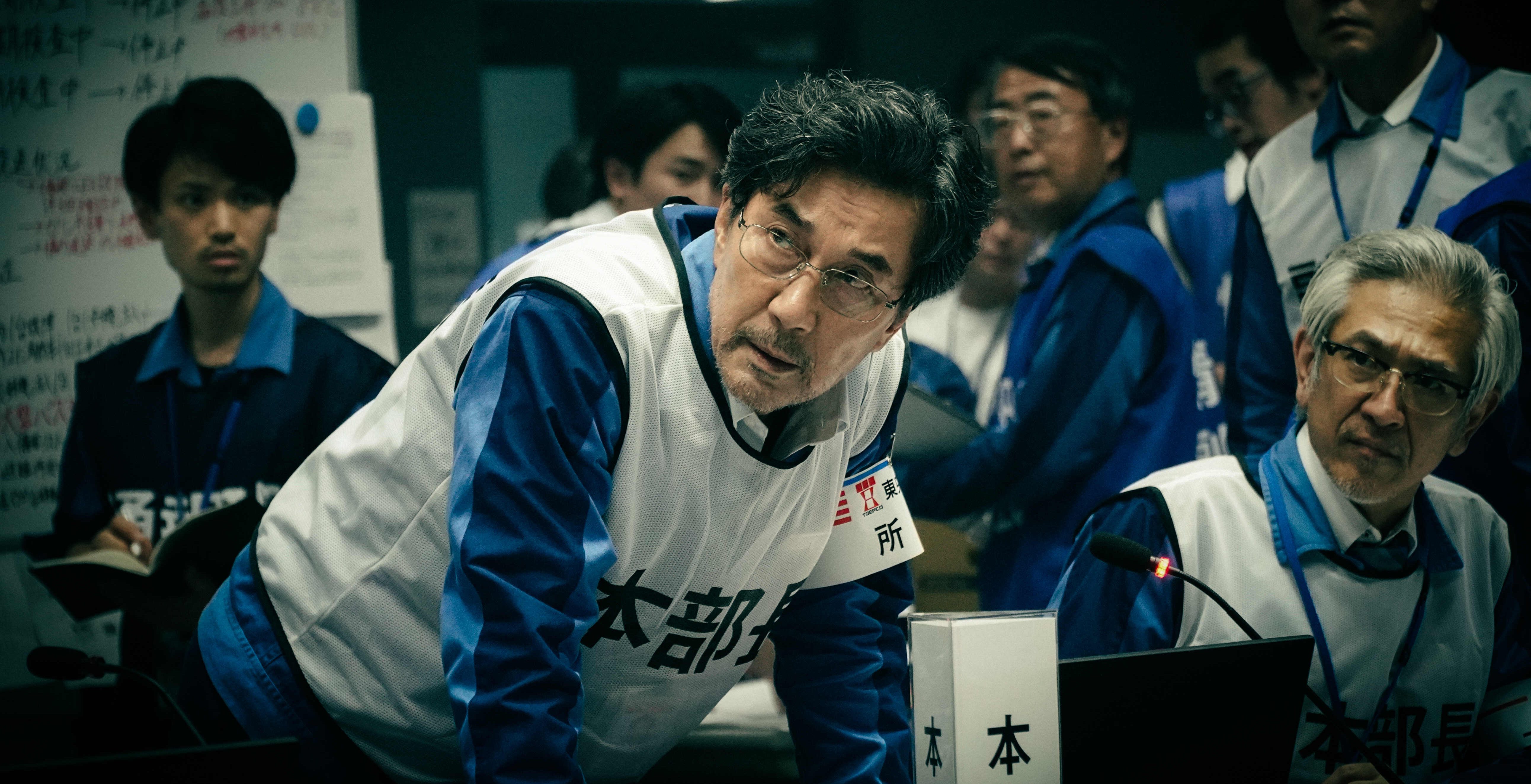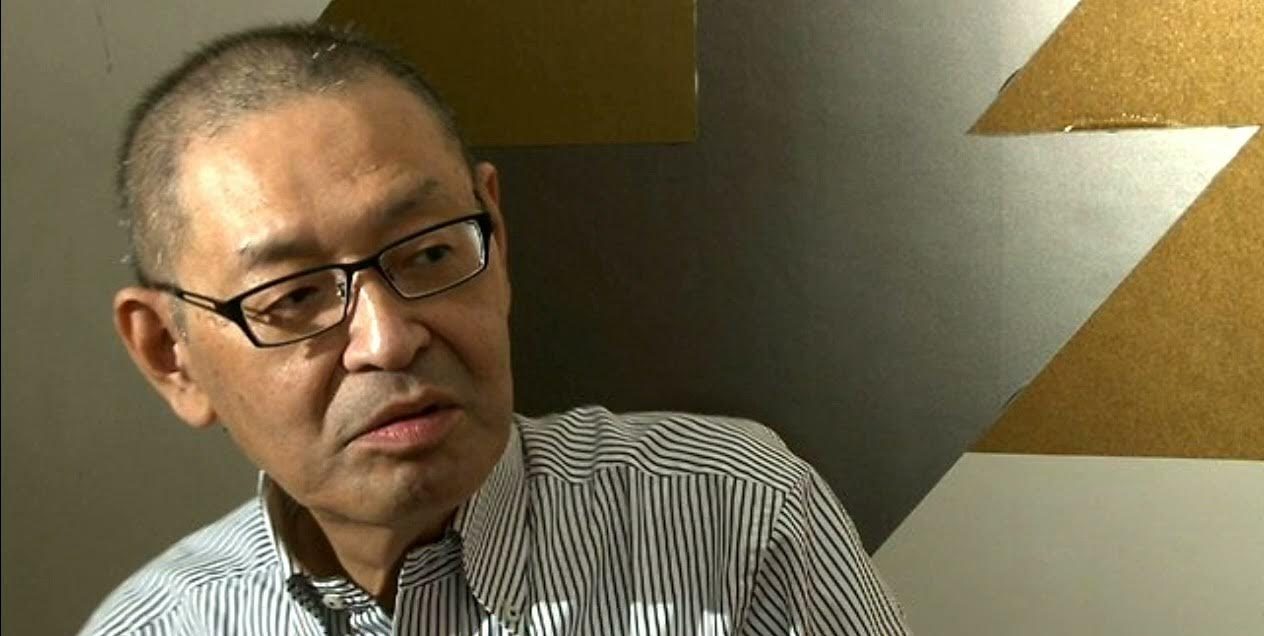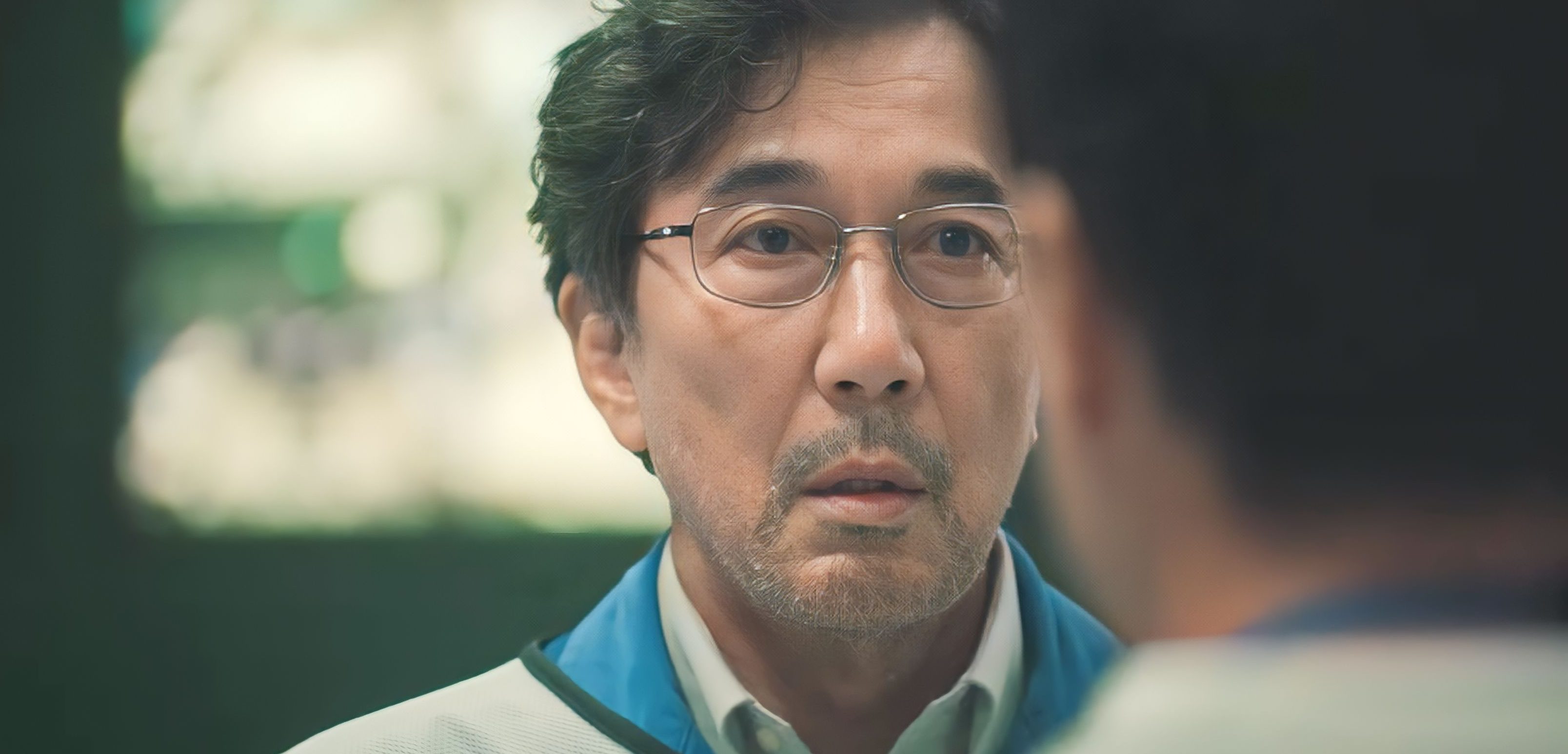Netflix’s Japanese series ‘The Days’ revolves around the Fukushima nuclear disaster that happens at the Fukushima Daiichi Nuclear Power Plant, located in the eponymous prefecture in Japan. When the reactors of the power plant become a cause for concern, station manager Masao Yoshida steps up to deal with the same. In reality, as the show depicts, Yoshida’s timely and intelligent intervention mitigated the aftermath of the disaster, saving several lives with the same. Since the series doesn’t open a window to the later phase of Yoshida’s life, we have dived deep into it. Well, here’s everything we can share about the same!
Who Was Masao Yoshida?
Masao Yoshida was born on February 17, 1955, in Osaka, Japan. After attending Tokyo Institute of Technology, Yoshida eventually ended up in Tokyo Electric Power Co., Inc. AKA TEPCO as he earned a general manager position in the Nuclear Asset Management Department. Yoshida was the plant manager of the Fukushima Daiichi Nuclear Power Plant during the nuclear disaster that startled the entire country. During the disaster, Yoshida played a key role in preventing a severe catastrophe. He supervised the emergency venting of the Reactor No. 1 containment vessel to reduce the pressure in the same and prevent an explosion.

Yoshida’s most significant action during the disaster, however, was his decision to cool down reactors using seawater. He believed that the same was the only way to manage the reactors and prevent them from exploding, which might have caused a catastrophe that was “ten times worse than Chernobyl” in his own words. When he started using seawater, TEPCO’s liaison in the Prime Minister’s Office Takekuro Ichirō called Yoshida to put an end to the same. “What are you talking about?! We can’t stop,” the then-station manager told the liaison, as per a feature Ryūshō Kadota, who wrote the source material of the series, wrote in Nippon.
It didn’t take TEPCO headquarters long to call Yoshida to demand the end of seawater injection to the reactors to cool them down. But by then, the station manager had told his colleagues to continue cooling down the reactors with the same water even if he had to say stop in a call with his superiors. “I couldn’t bear the idea that these people I had known for years might die on my orders. But I knew that our only hope was to keep injecting water. I had no choice. I had to ask them to prepare for the worst. I couldn’t get the thoughts out of my head as I sat there,” Yoshida told Kadota about the same, as per the same Nippon feature.
Masao Yoshida Died of Cancer at 58
Yoshida got diagnosed with esophageal cancer in late 2011, forcing him to take an early retirement from TEPCO. Both TEPCO and Yoshida had insisted that the latter’s cancer had nothing to do with the nuclear disaster and the subsequent radiation emission, especially in the wake of speculations that his health worsened due to his involvement in the disaster prevention team. On February 7, 2012, he underwent surgery with a favorable chance of making a recovery. However, he suffered from a cerebral hemorrhage on July 26, 2012, which worsened his condition. He had to rely on two craniotomies and the insertion of a catheter to survive the emergency.

The cancer soon metastasized to Yoshida’s liver and spread to the other parts of his body. Yoshida died on July 9, 2013, at a hospital in Tokyo, Japan, at the age of 58. He was survived by his wife Yoko and three sons. “I bow deeply out of respect for his [Yoshida’s] leadership and decisiveness. I wish I had had the chance to talk to him at length about the nuclear disaster once again,” the then-Japanese Prime Minister Naoto Kan shared in a tweet after Yoshida’s demise, as per The Guardian.
Naomi Hirose, the president of TEPCO at the time, also paid tribute to Yoshida following his demise. “We deeply appreciate his [Yoshida’s] contribution and the way he handled the accident. He literally put his life at risk in dealing with the accident. We keep his wishes in our hearts and will do the utmost to rebuild Fukushima, which he tried to save at all costs,” Hirose shared in a statement.
Read More: Where is Netflix’s The Days Filmed?


You must be logged in to post a comment.